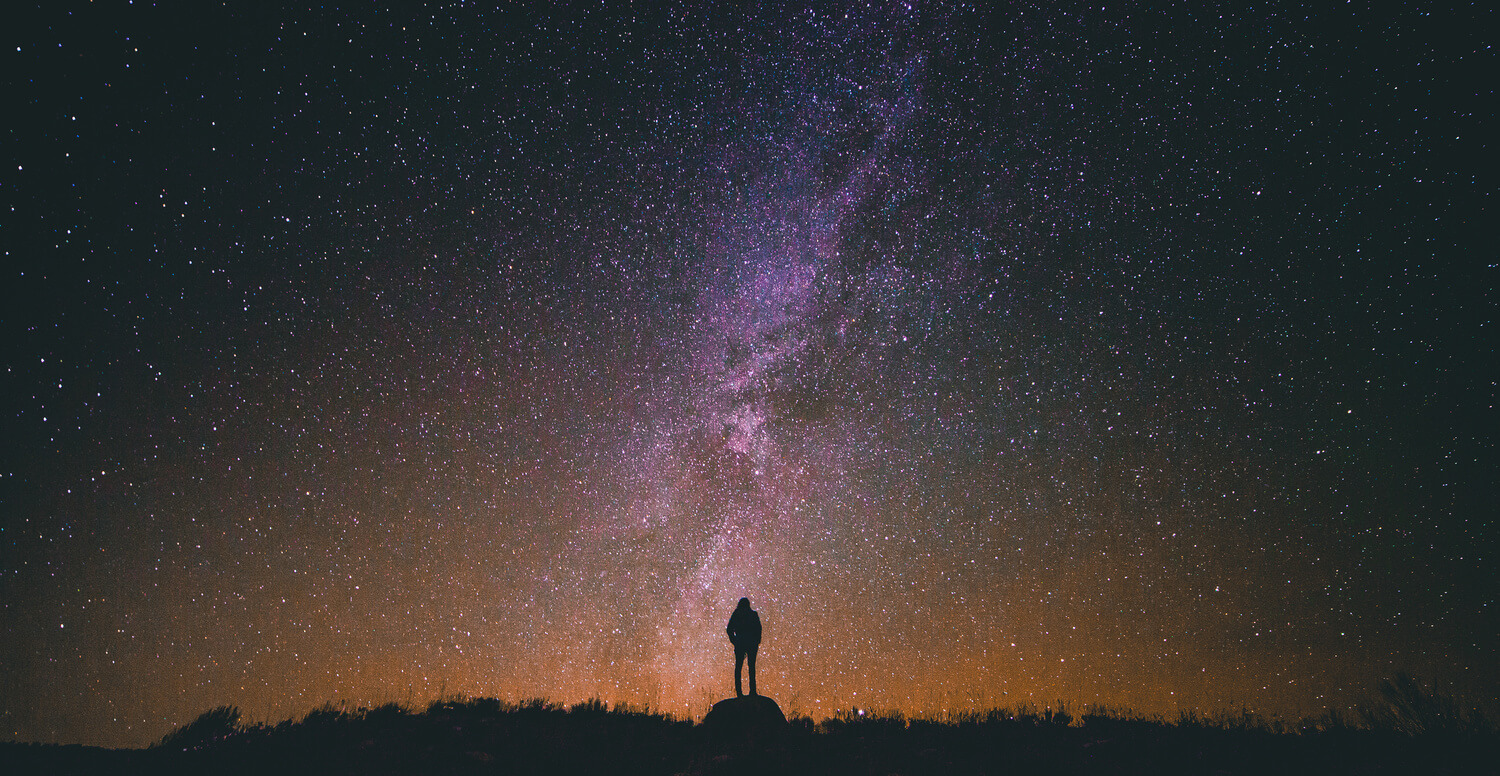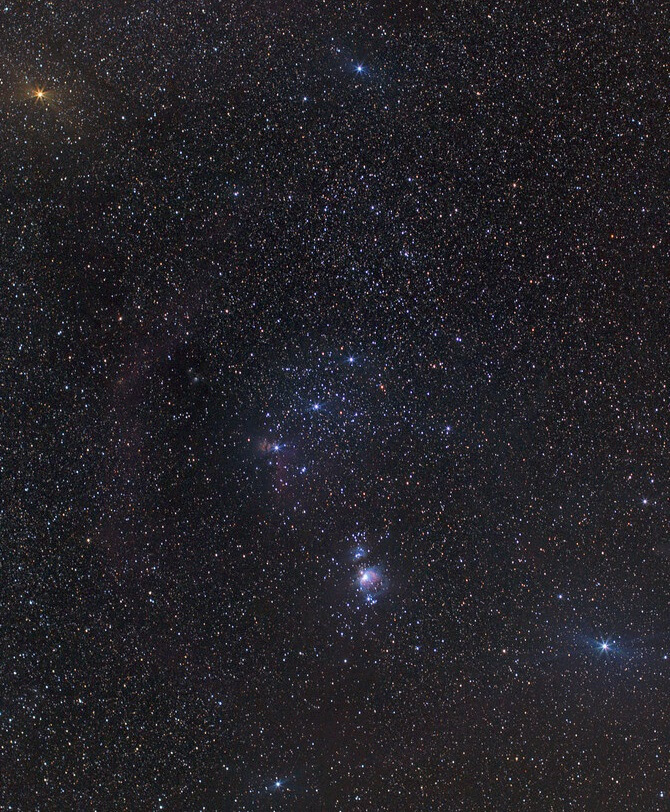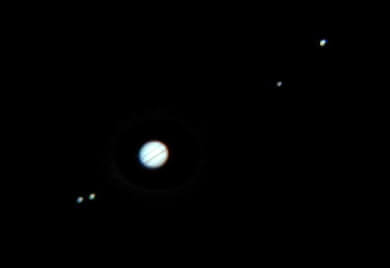
Astronomy is a brilliant, fascinating science that uncovers the mysteries of our solar system and the limitless universe beyond. If the concept inspires you as much as it does me, then maybe it’s time to get in your garden and start exploring the skies.
For a complete novice, it can sometimes feel difficult knowing how to get started. You cast your eyes to the heavens, and you’re presented with a blanket of tiny specks, all seemingly indistinguishable from one another. Who knows where Orion is or why he’s of significance. You heard the other day that some of those dots are actually planets, but how are you meant to know which ones? And what’s all this about nebulas?
Well, let’s start out by saying you’ve passed the first test. Looking up and wanting to know more is the entryway for amateur astronomy. There’s an incredible universe out there that many of us don’t pay attention to, but we really, really should. If you’ve a curious mind and you’re serious about finding out what you can see from your back garden, then you’re already half-way there.
Three keys to victory
There are three main areas you need to consider when it comes to amateur astronomy – you, the sky and your equipment. So let’s start with you, because it’s incredibly easy to neglect yourself when you start getting giddy about exploring the skies.
It gets cold at night. Remember this. I know it sounds obvious, but if you’re intending on a lengthy stop-up exploring the skies, you need to be prepared for the cold. Whether you decide to settle by a heater, invest in some heated clothing or you just simply wear a couple extra layers, remember to keep yourself in good shape. Thermos flasks full of tea – or perhaps coffee if you’re trying to avoid the Sandman – are useful too. Scanning the skies can be a test of patience, so don’t undercut yourself by under-preparing for the weather.
The second thing to consider is the sky. Predicting cloud density far in advance is of course a very difficult thing, so check your weather forecast and, y’know, look up, before you decide to set yourself up for the night. The skies are pretty incredible, but they don’t always work in your favour. What also doesn’t help, of course, is light pollution. If you live in a densely populated area with a number of lights blaring, you’ll have to be prepared to see less than you might like, even in the dead of night. There are plenty of cool things to see from your garden, but if light pollution is too severe, you may need to look for other local spaces where the pollution isn’t as bad. Parks, hills, fields, out on the open ocean if that’s at all feasible – stay safe and make sure you’re allowed wherever you’re setting up shop, but there are alternatives out there if the area around your garden is too exposed.
Finally, it’s time to consider what you’re looking with. Your eyes will do if you want to just get acquainted with the broader skies, but if you’re looking for certain objects, a telescope will naturally be invaluable. There is a middle option, too; a decent pair of binoculars can help you get a better look at certain objects in our universe without blowing your budget. Honestly, this can be the best place to start for newcomers to garden astronomy. It’s not easy getting accustomed to the vastness of the night’s sky and the technical details of a telescope at the same time. There are plenty of helpful websites, books and guides out there to help you find the perfect telescope if that’s a route you want to go down.
And now you’re ready to explore. Wrapped in four layers and an army of thermos flasks at the ready, you’ve found a nice clear night unobscured by light pollution and you’re ready to study the skies. Now the fun part – what can you expect to see, and what should you be looking out for?

The Moon
Let’s start with the obvious one – the moon. We’ve all seen it before and we all know the basics, but the moon is still a pretty cool place for us amateur astronomers. It’s a nice place to start because it’s easy to find and it can also demonstrate the sort of unseen detail that you can observe on a clear night. Even through a decent pair of binoculars, you’ll be able to observe a desolate, crater-ridden wasteland and the varying hues of grey that make up the surface of our largest celestial satellite.

The Pleiades
The Pleiades are a small cluster of stars known on Earth as the Seven Sisters. These stars are mentioned three times in the Bible and have become a point of inspiration for nearly all of our ancient cultures, including the Celts, the Aztecs and the Cherokee. When you get a proper look at them, you can understand why. The Pleiades are a dazzling array of gigantic stars blazing their energy into the universe. It’s another easy target in the night sky, given their luminosity and their proximity to the Orion constellation, and one you certainly won’t forget seeing for the first time.

The Orion Nebula
Speaking of Orion, the constellation holds a number of fascinating celestial bodies and phenomena just begging to be explored. On a clear night, you might just be able to observe a sort of reddish smudge on Orion’s sword (just south of Orion’s belt) with your naked eye, but it comes alive through a powerful enough telescope or pair of binoculars. This is the Orion nebula – nebulas are giant clouds of dust that contain some of the building blocks of creation, like hydrogen and helium. Given that neither Ptolemy nor Galileo – both famous and pioneering astronomers – managed to spot this nebula despite observing nebulosity elsewhere in the night’s sky, scientists theorise that the surrounding stars may have intensified the brightness of the Orion nebula relatively recently.

Jupiter
It’s difficult to imagine what it must have felt like to be have been Galileo when he originally turned his telescope on Jupiter. When he first observed the position and luminosity of the moons, he assumed them fixed-position stars. When he looked the night after, however, they had all moved from east to west. He documented the movement for a number of nights until he reached the conclusion that these celestial bodies must be moons (now known as Io, Europa, Ganymede and Callisto) orbiting Jupiter as our moon does Earth, bringing an end to the geocentric theory of the universe.
The thought of observing Jupiter usually makes astronomers giddy at the thought of the dense, swirling clouds that rage across the planet’s surface. You’ll need a particularly strong telescope to get details of that clarity, but binoculars will be able to reveal at least a couple of the four moons that circle the gas giant. It’s a beautiful thing to witness first hand.

Andromeda Galaxy
Yup – you can even see a whole different galaxy from the comfort of your back garden. The Andromeda galaxy is the most distant celestial body you can observe with your naked eye, and even through binoculars, you’ll be able to observe the elliptical shape of our nearest galactic neighbour. Andromeda sits just to the south-east of the constellation of Cassiopeia, and looks like a white oval smudge on a clear night. The light from the Andromeda galaxy has taken two million years to reach us here on Earth. Our own fair Milky Way galaxy is on a collision course with Andromeda and is expected to clash in about four billion years’ time, so get outside and take a look before it’s too late.
Famed Roman astronomer Ptolemy once said: “As I trace at my pleasure the windings to and fro of the heavenly bodies, I no longer touch Earth with my feet. I stand in the presence of Zeus himself, and take my fill of ambrosia.” The universe is an incredible, beautiful place, and you don’t need to know what makes a star or what dark matter is to be able to appreciate its majesty. There’s only one thing you truly need to do; look up.
–
Ross works in the Product Loading department and gets to see all the weird and wonderful products that pass through Primrose. Ross is a life-long Southampton fan and favours jazz music, reading and a quiet place to enjoy them.